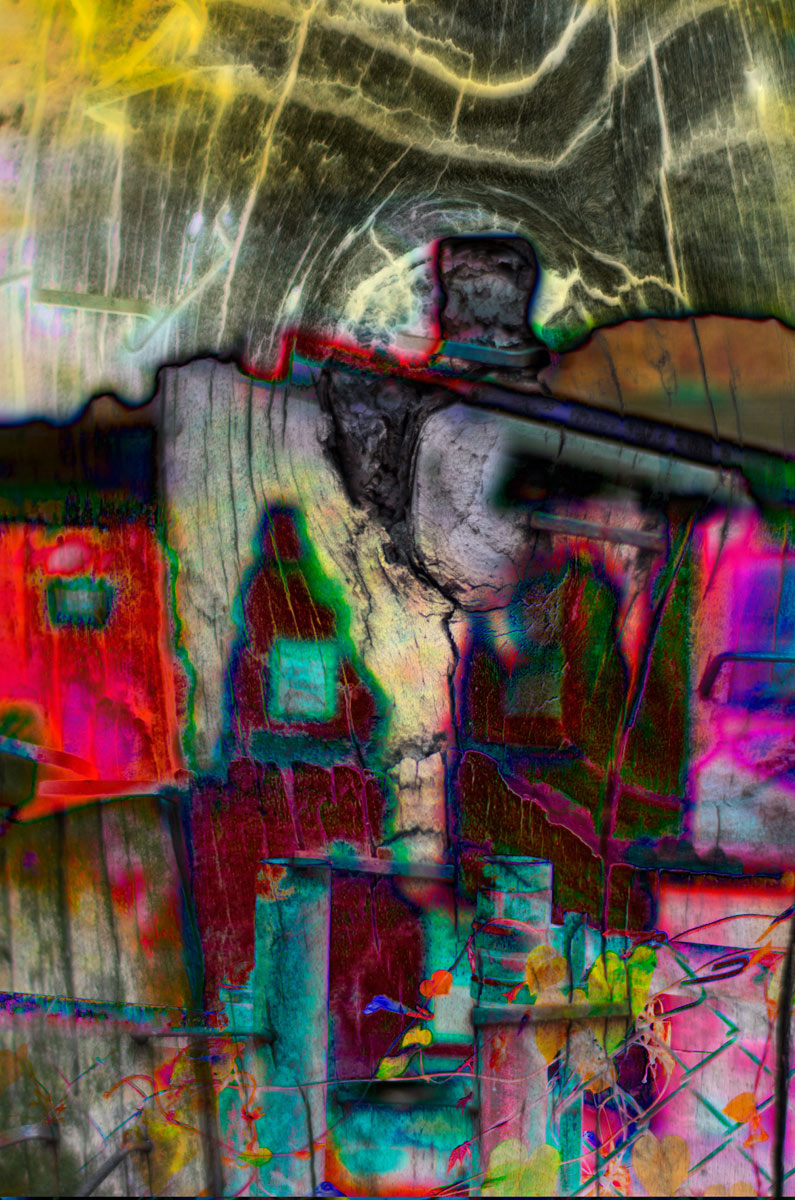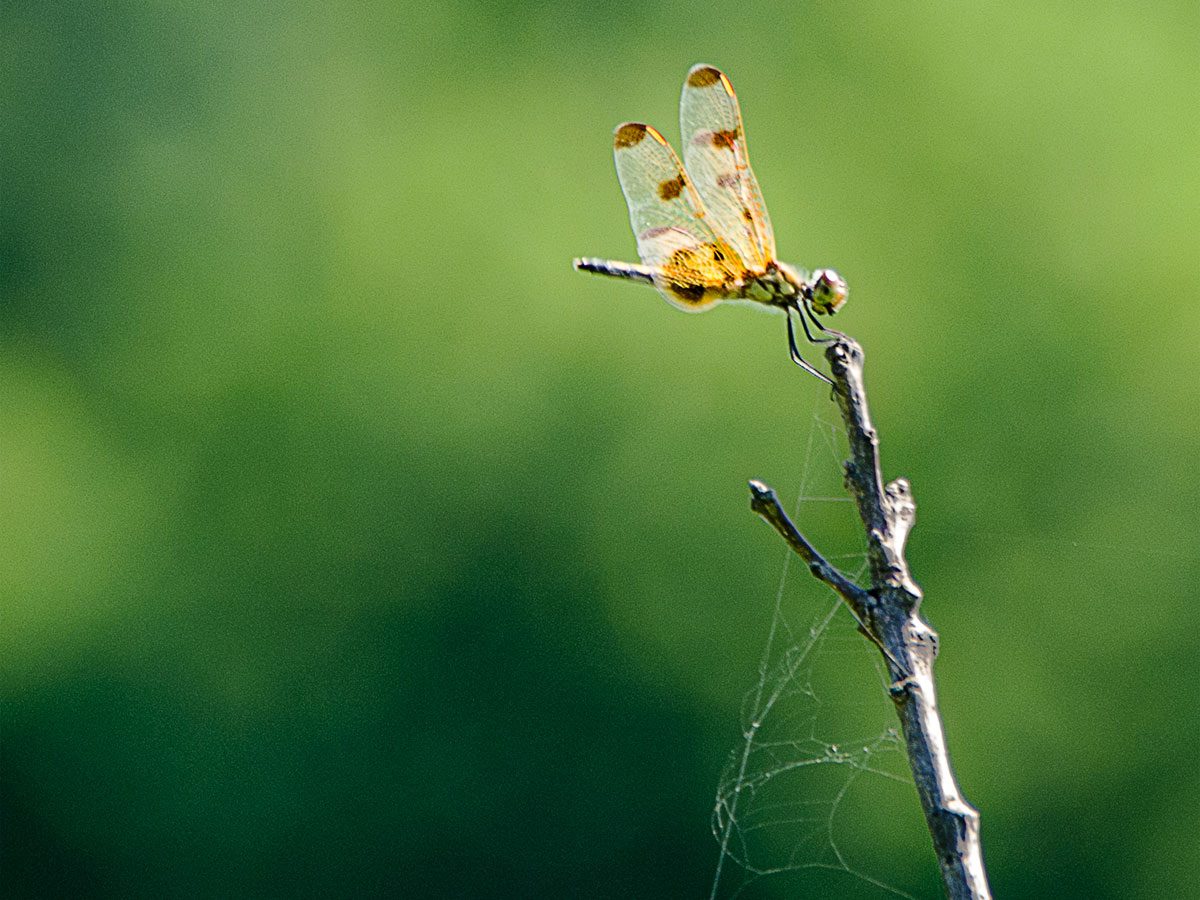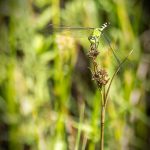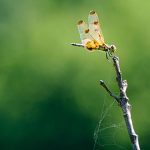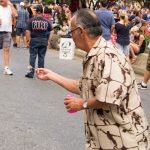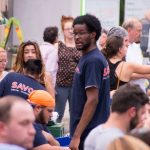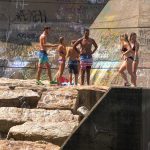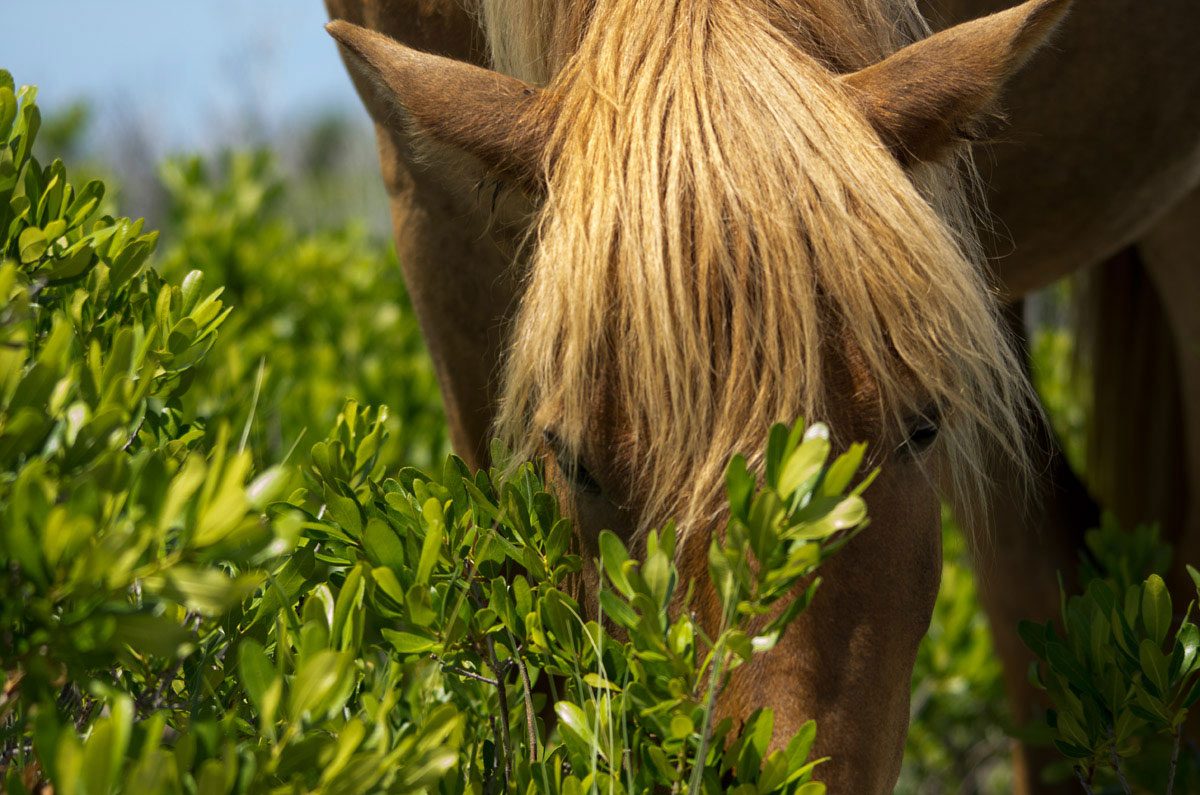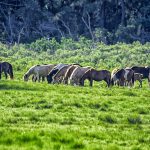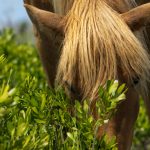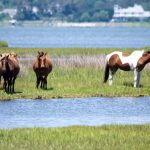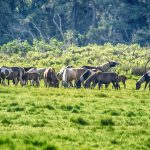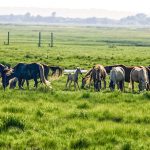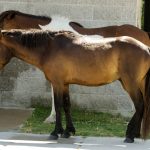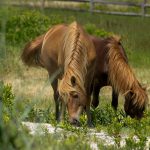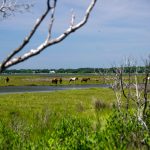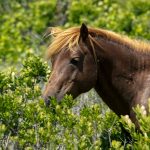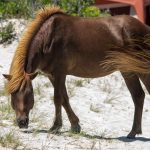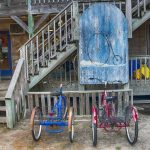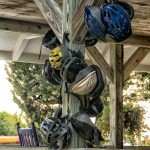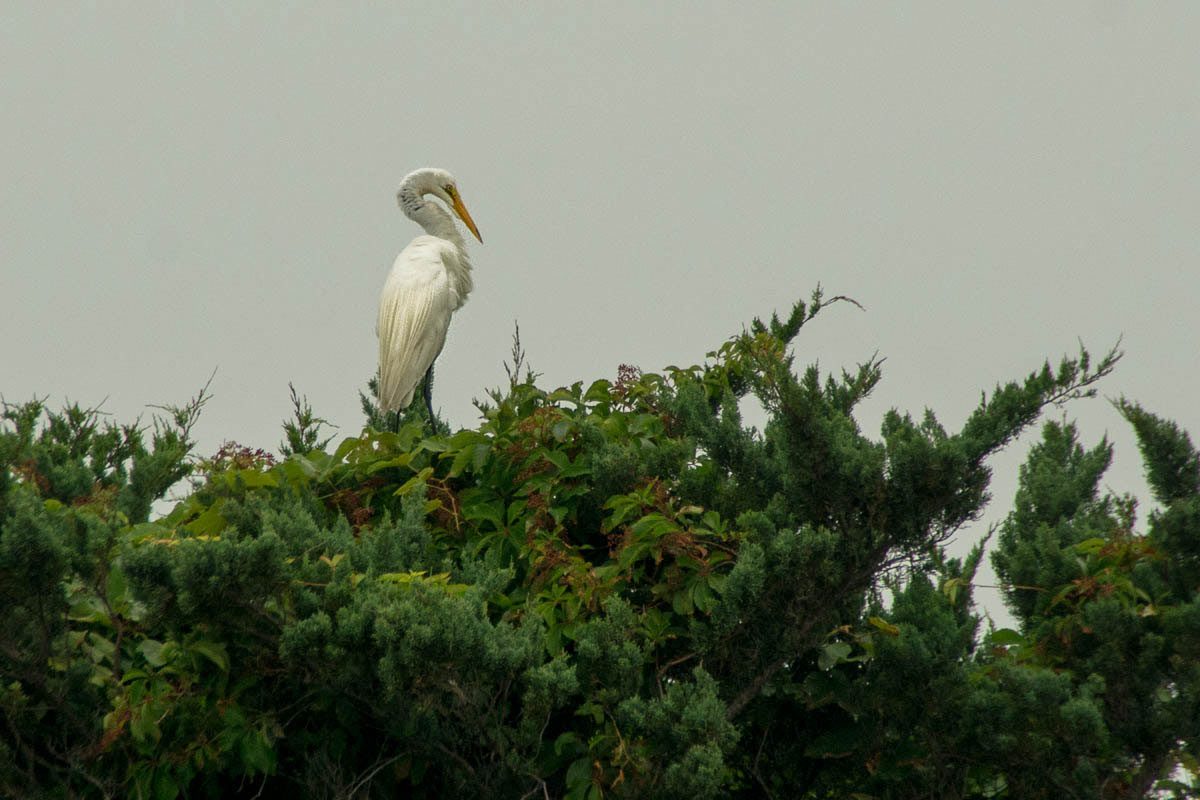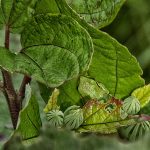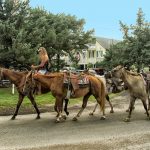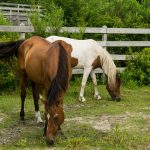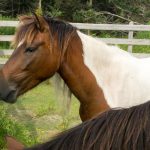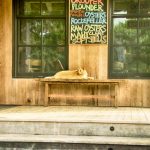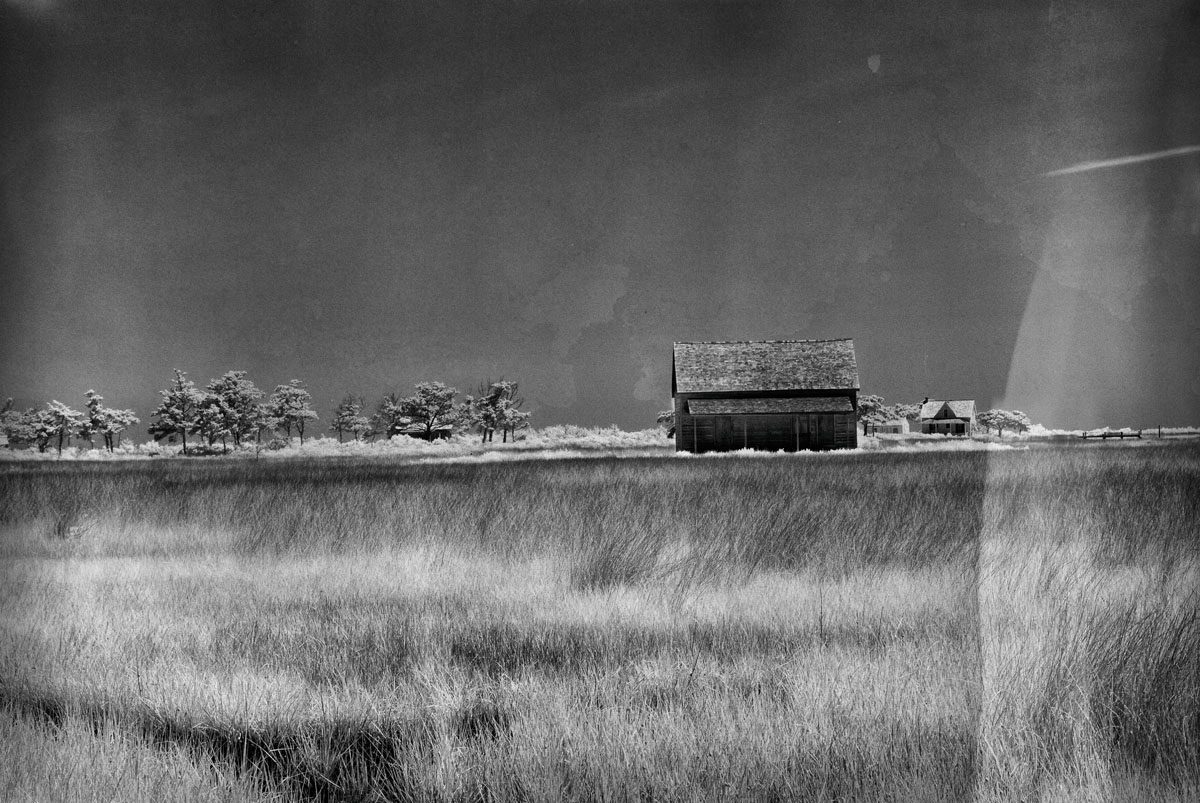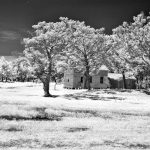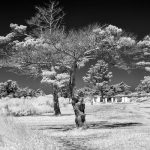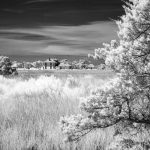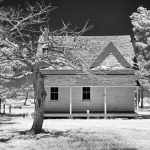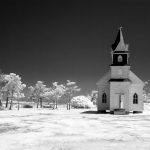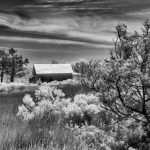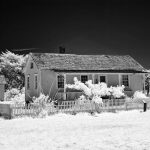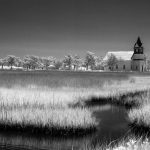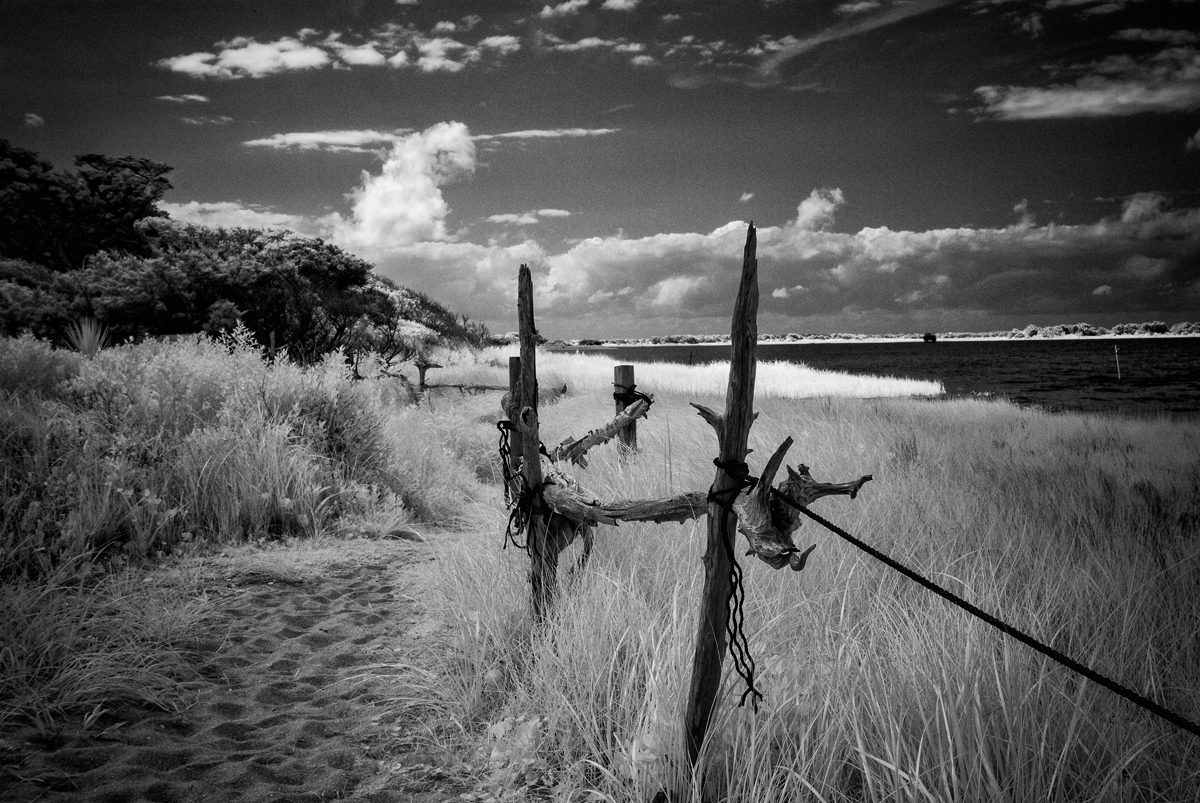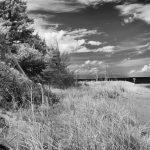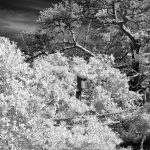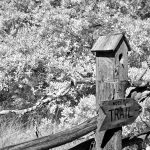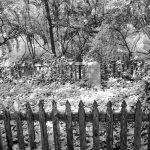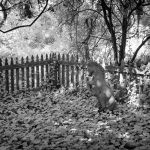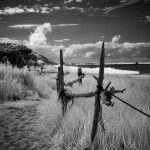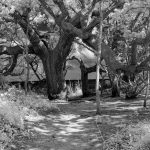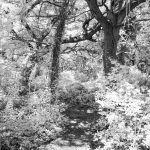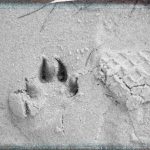I recently discovered this picture I made in 2013 in my files. I’d lost track of it, but came across it while looking for pictures to use in a new line of “wax infused” pictures I’ve been showing at art fairs this fall. It’s been one of the more popular pictures at my booth, both as a mini wax infused and as a regular photographic print.
Author: Jay M. Ressler
No. 35. Walking with the Dragonflies
A few weeks ago Martha and I participated in a Walk to observe and learn about dragonflies and damselflies. The walk was a joint presentation of the Mengel Natural History Society and the Baird Ornithological Club, of which Ken Lebo, the group leader, is a member along with Tony “Doc” Schoch and Mike Slater, president of the BOC and nature columnist for the “Berks Country” weekly supplement to the Reading Eagle. Here is Kolleen Long’s account of the Hike in the Hamburg Item. She took better notes and did better follow up research than I did. Here are a few pictures I made during the excursion. I learned two things. First, there are a lot more species of dragonflies than I knew existed. Second, many of them are very difficult to photograph, some never perch.
No. 34. Black Lives Matter: The Transformative Power of Pictures
In Review
Vision & Justice, Aperture Magazine, No. 223
In keeping with a part of the mission of this blog [“Sights and Insights”] I’m devoting this installment to a brief review of the Summer 2016 issue of Aperture Magazine [No. 223], entitled “Vision and Justice.” [The print edition is temporarily sold out, but reprints will be available next month. The digital version can be purchased here.]

Aperture is a quarterly journal for photographic artists and serious followers of the medium founded in 1952 by editor Minor White along with Ansel Adams, Dorothea Lange, Barbara Morgan, and curators Nancy and Beaumont Newhall. This is the first issue to devote itself exclusively to the struggle of African-Americans for equality and well worth the time to savor and study.
“This era must also be defined by the emergence of the #BlackLivesMatter movement, the stagnated wages of working-class citizens, and growing impatience with mass incarceration.” —Sarah Lewis
The murders of the Mother Emmanuel 9 in Charleston, the police murders of Freddie Grey and Eric Garner (and so many more since), and the emergence of the Black Lives Matter movement provide the immediate impetus for publication of this special number. The controversy concerning the dearth of Black nominees and award-winners at the Academy Awards ceremony in February 2016 also informs the issue. But editor Sarah Lewis, who teaches the history of art and architecture and African-American Studies at Harvard, is careful to employ a much broader brush in assembling this collection of photographs and essays.
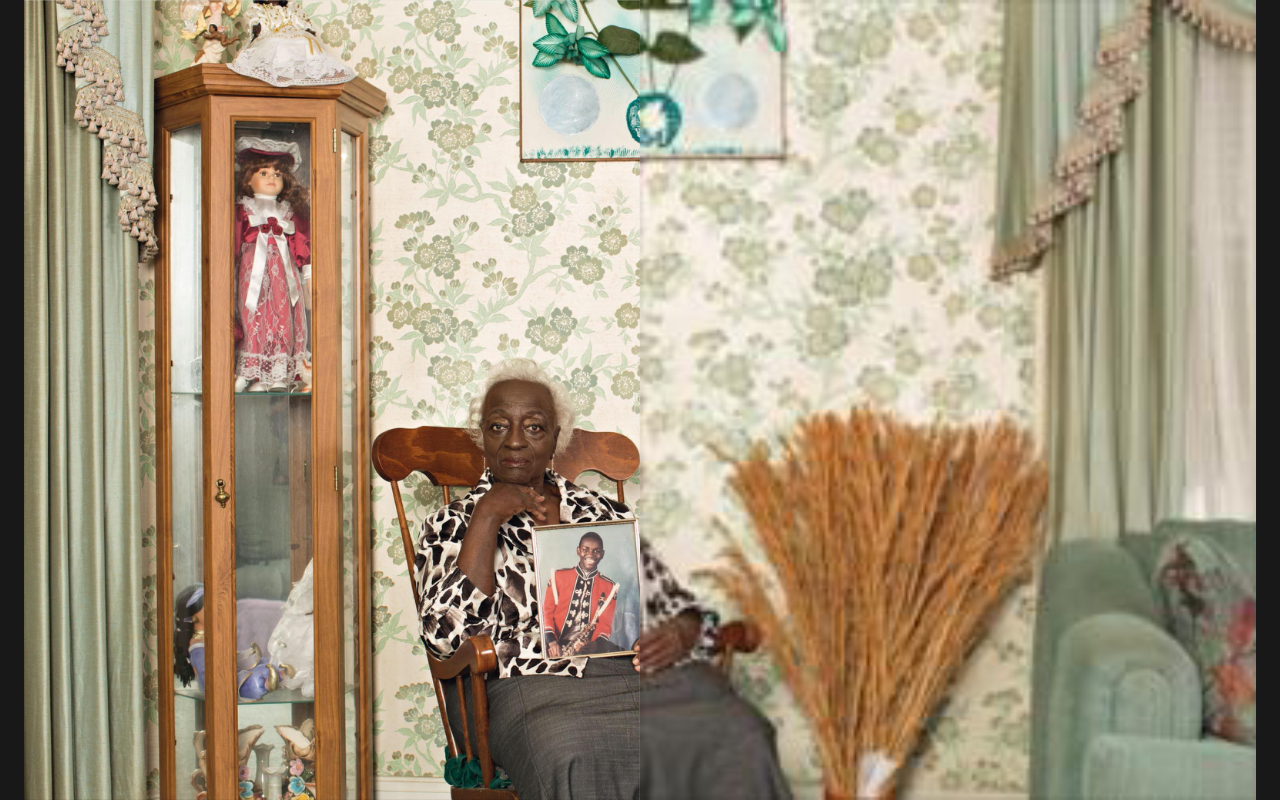
Lewis writes: “Published in the last year of the Obama presidency, this issue marks a time of unparalleled visibility for an African American family on the world stage. Yet this era must also be defined by the emergence of the #BlackLivesMatter movement, the stagnated wages of working-class citizens, and growing impatience with mass incarceration.”
Her second sentence is more to the point. Resistance by workers and young people, especially among African Americans, to the grinding depression conditions and deepening assaults on democratic rights are emerging in ever more insistent ways on the political stage.
“It is the artist who knows what images need to be seen to affect change and alter history, to shine a spotlight in ways that will result in sustained attention,” Lewis asserts.
“This issue,” she continues, “takes its conceptual inspiration from the abolitionist and great nineteenth-century thinker Frederick Douglass, who understood this long ago. In a Civil War speech, ‘Pictures and Progress,’ Douglass spoke about the transformative power of pictures to affect a new vision for the nation.”
Douglass was the most photographed American in the nineteenth century and Henry Louis Gates, Jr.’s piece on Douglass probes the importance of photography as an instrument of struggle for emancipation and liberation.
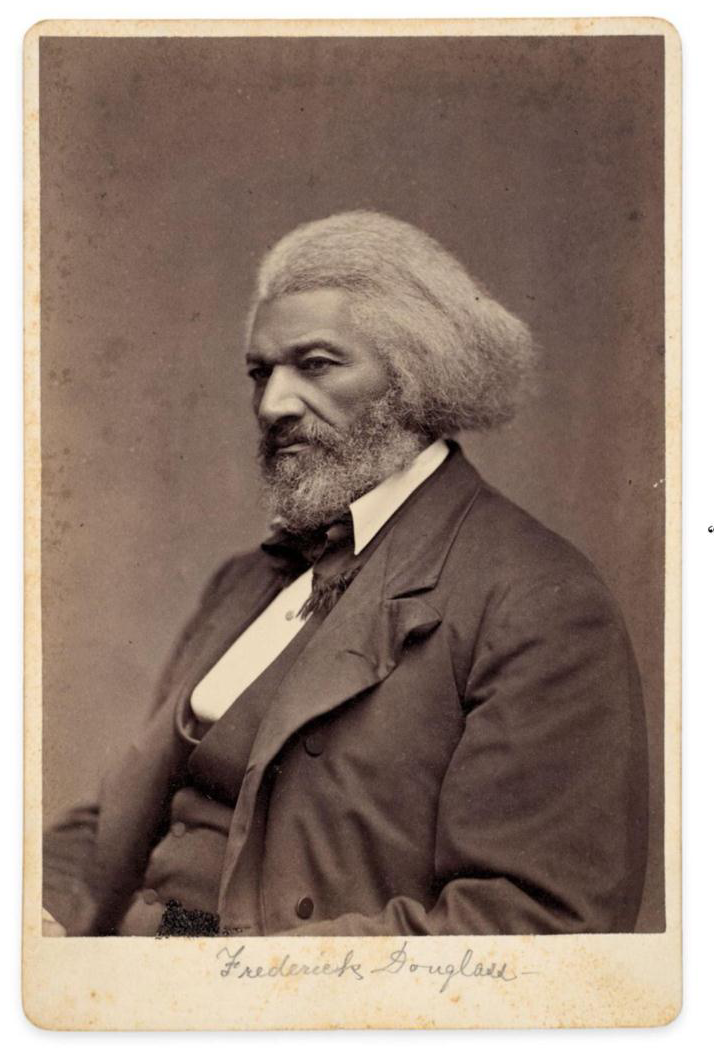
I refer the reader to Lewis’ full introduction, which summarizes her perspective better than I can, here.
Other portions of the issue are still available on the Aperture website without a subscription: including “Black Lives, Silver Screen: Ava DuVernay and Bradford Young in Conversation” along with a powerful interview: “Love Visual: A Conversation with Haile Gerima” By Sarah Lewis and Dagmawi Woubshet. DuVernay is the director of Selma and the first African-American director to be nominated for an Academy Award for Best Picture; Young is an award-winning cinematographer who worked on Selma. Haile Gerima directed the 1982 film Ashes & Embers about a disillusioned Black Vietnam veteran.
Both of these latter pieces highlight the difficult challenges and limitations black filmmakers confront in using motion pictures as a vehicle for promoting the struggle for liberation given the fundamentally white supremacist nature of the industry, both in its historic inception and in its current reality.
“It’s not like jazz or hip-hop—art forms that started as expressions of dissonance and resistance. Filmmaking isn’t part of our organic narrative as black people in America. We’re asking people who were very much interested in making sure film communicated white supremacist values, like the founding fathers of the film experience—D. W. Griffith, Thomas Edison, these people who were very interested in white supremacy—we’re asking the sort of grandchildren of those people to allow us into the filmmaking experience with a whole counterpoint to why they started it,” says Young in his conversation with DuVernay.
“We’re asking people who were very much interested in making sure film communicated white supremacist values to allow us into the filmmaking experience with a whole counterpoint to why they started it” —Bradford Young
I picked six photos I found particularly striking to recommend the issue.
Deana Lawson’s photograph (shown above) of Gracie Broome, grandmother of Reverend Clementa Pinckney, one of the Mother Emmanuel 9 assassinated in 2015, holding a portrait of Pinckney as a young man is among the most stirring in the issue and a fitting end piece for the collection.
Ethiopian-born Awol Erizku’s reimagining of Vermeer’s girl with a pearl earring is part of a series that forces us to reexamine the masterpieces’ of Western art through the lens of the black diaspora.
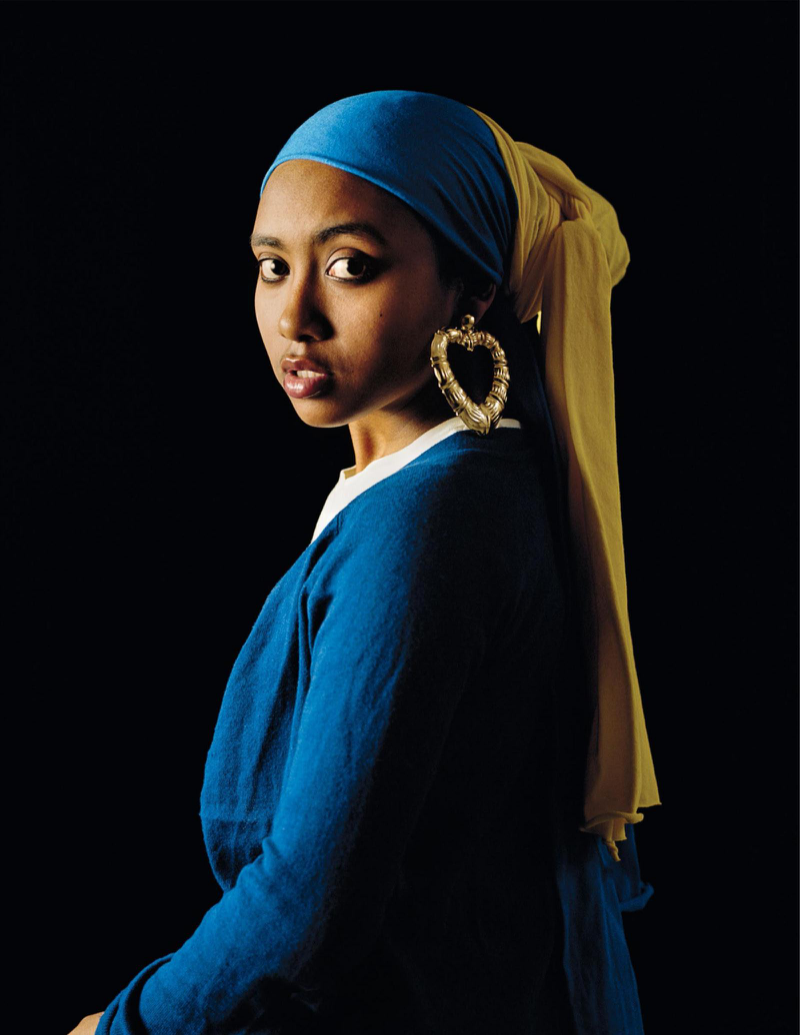
In this brief review its impossible to mention all the treasures in this issue. But I do want take note of the inclusion of several pictures by celebrity photographer Annie Leibovitz. The most distinctive of those included (and in my opinion one of Leibovitz’ best photos ever, if that judgment is possible) is a portrait of Serena Williams spread over half the frame with her arms flung apart with her hair billowing behind. A crimson dress sculpts her muscular body capturing not just William’s beauty but her heart, power, and will to excel.
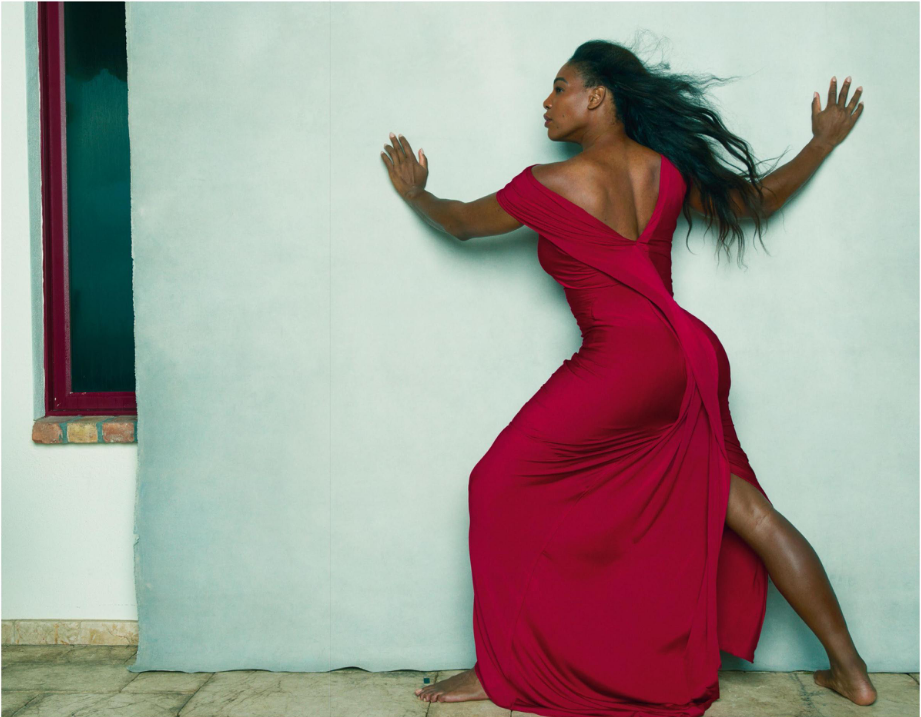
Among the most interesting collection of photographs are a series of Black and White portraits from Dawoud Bey’s Birmingham Project, in which Bey has paired Birmingham youth and adults. The youths are the same ages as the victims of the bombing by Klansmen at the Sixteenth Street Baptist Church in 1963. The pairings pose poignant “what if” questions.
In her pictures of her native Braddock, PA, LaToya Ruby Frazier captures the devastated and ruined landscape of a once-booming industrial town sitting in the shadow of the USX’ still-booming giant Edgar Thompson mill, which now employs few townspeople.
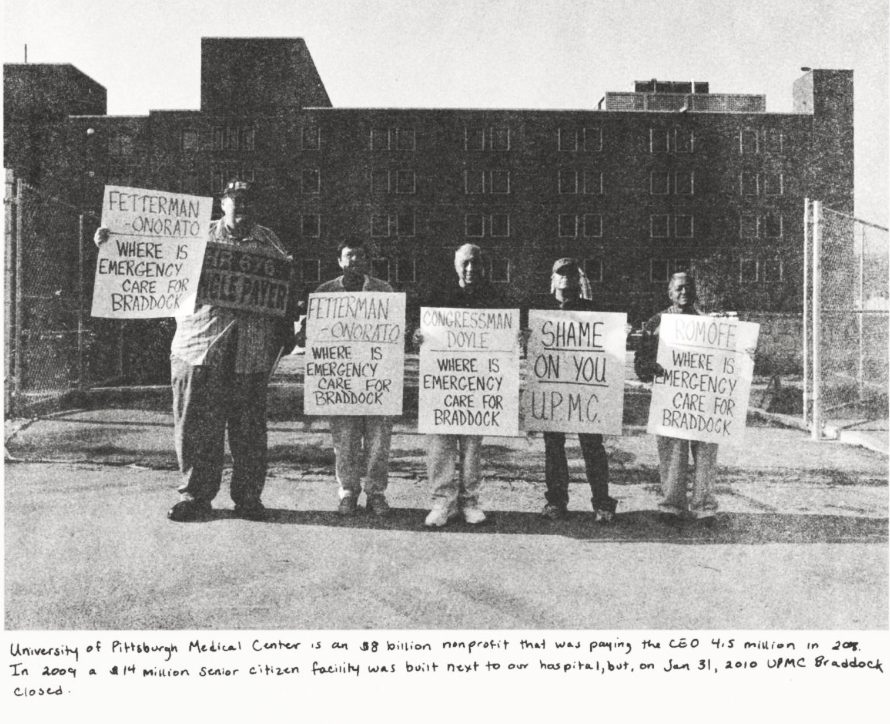
In contrast to the pictures of rubble, twisted steel, the sick and utterly impoverished in Frazier’s photos is the dignity captured in Jamel Shabazz’s street portraiture of subjects framed by regalia often of their own creation. “Black people dignified, noble, shoulders back but with a slight lean to the side,” says Khalil Gibran Muhammad in his essay on Shabazz.
Two portraits of the greatest American* revolutionary of the Twentieth Century, Malcolm X, appear in the issue, both look like they are from the period before his return from the Hajj and his break with Elijah Mohammad. Still, Shabazz’s 2008 picture of an unnamed young man sitting on a Harem stoop holding a giant picture of Malcolm makes a statement about his enduring example and legacy. The second is a wonderful side shot of Malcolm wearing a fedora pulled forward, with his hand on the back of his neck so that his forearm covers his chin. It accompanies Hank Willis Thomas’ “List of Favorite Anythings,” in which he lists the Autobiography of Malcolm X. “What I love most about it,” he says, “is that in it, we watch Malcolm redefine himself completely, continually willing to evolve his ideas regardless of the risk. The most revolutionary thing a person can do is to be open to change.”
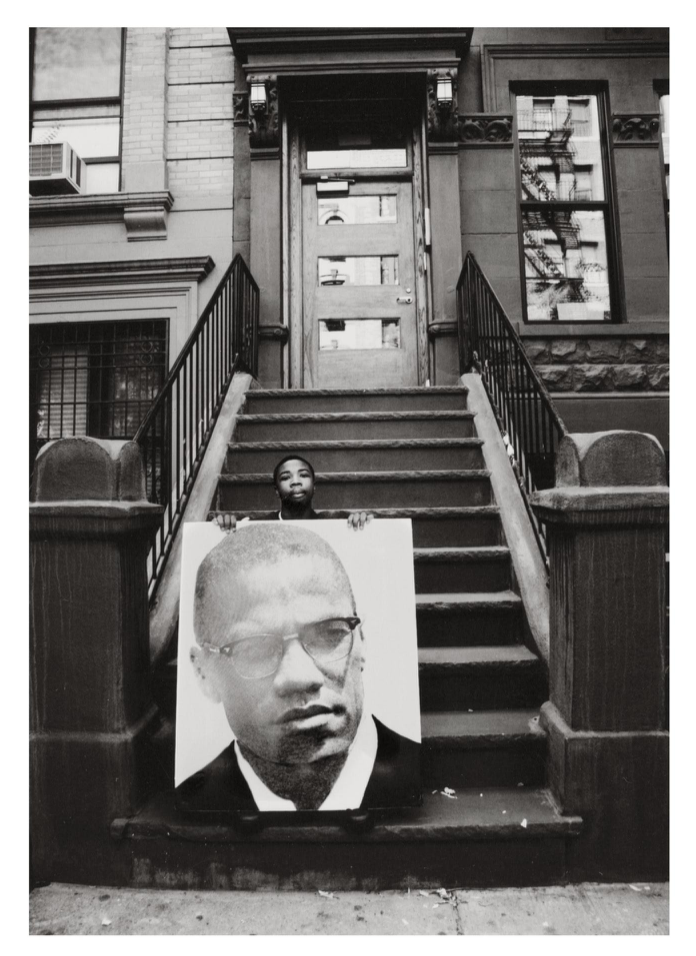
*I use the word “American,” as opposed to “African-American,” purposely. Malcolm was unquestionably African-American and a decidedly militant proponent of the cause of African-American liberation but in his conduct was an example whose importance goes far beyond the Black community. He contended the American reality is a nightmare, not a dream emphasizing “I’m not an American. I’m one of 22 million black people who are the victims of Americanism.” In 1987 Jack Barnes, who interviewed Malcolm for the Young Socialist magazine in 1965, asserted “Malcolm X was a revolutionary leader of the working class of the United States.” See Malcolm X, Black Liberation & The Road to Workers Power, by Jack Barnes. In that sense, he was an American, albeit one who started with the world and looked toward a revolutionary transformation of America in the interests of the oppressed.
No. 33. Just a Face in the Crowd
Faces from the Downtown Alive Concert in Reading, PA, that featured Toad the Wet Sprocket and Rusted Root. Part of Penn Street was shut down for the free concert.
No. 32. Dam Sliding Double-Take
I was surprised when I first learned, earlier this summer, about young people sliding down the Kernsville Dam. A YouTube video about the sliders went viral not long ago attracting hundreds of young people from all over the East Coast to The Peace Rock (see some of my pictures) and the Kernsville Dam. Nevertheless, I decided to have some photo fun to capture the action. Further attention was drawn to The Rock by a drowning (nearly an annual event) in the rapidly moving current in the river below in July.
When I was in high school in the early 1960s we often swam about a mile upstream at what is now called the Peace Rock, frequently jumping off the 40-foot outcropping into a deep channel of the Schuylkill river below. I never heard of anyone dam sliding. Then again, in those years the boat ramp just upstream from the dam was active and water skiing was common. The lake really isn’t fit for that kind of activity today.
The Rock has become a public nuisance. Roads are blocked by illegally parked cars. There is no parking along a narrow mountain road and there are no facilities. Mountains of trash and human waste piled up. Recently volunteers organized by Blue Mountain Wildlife collected 75 bags of trash in an effort to clean up the area. Read about it here.
State police have announced they will tow and ticket cars and arrest trespassers. See the Hamburg Item.
No. 31 – Wild Horses
Wild Horses at Chincoteague and Assateague Island National Seashore. The herd on Chincoteague is managed by the volunteer fire company, which has an annual round up, sells off foals every year as a way of controlling the size of the herd and of raising money to support the fire company. When we visited we were not able to get close to the horses at Chincoteague. On the other hand, at Assateague Island National Seashore, which is operated by the National Park Service, one could get quite close to the free-roaming ponies, although actual contact is forbidden. The population size is managed through birth control administered by rifle-launched dart. Otherwise, there is minimal physical interaction with the animals.
On the other hand, at Assateague Island National Seashore, which is operated by the National Park Service, one could get quite close to the free-roaming ponies, although actual contact is forbidden. The population size is managed through birth control. Otherwise, there is minimal human interaction with the animals. A Park Ranger Intern told us the Painted Lady is the only mare that is still part of the Old Stallion’s Harem. After analysing the pictures from that day, I’m not so sure. After bumping into the Old Stallion and the Painted Lady, we came across two other mares grazing nearby. I made a number of shots of those two. Later on, our way out of the park, we spotted animals that appeared to be all four in a somewhat larger band in a pasture some distance from where we’d first spotted them. The old man seems not to have lost a loyal following.
No. 30. Bicycles, Crab Traps & Umbrellas
From Ocracoke, NC
